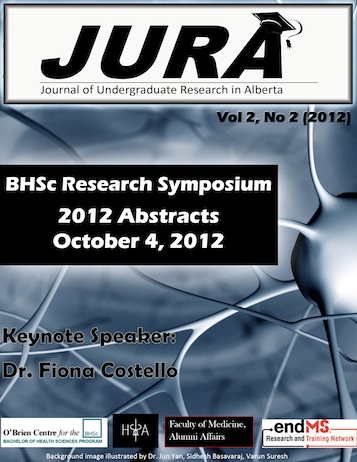Ethics of artificial wombs: missing angles and special concerns
Keywords:
ethics, artificial womb, synthetic biology, feminism, global healthAbstract
Artificial womb technology (ectogenesis) is commonly associated with visions of science fiction societies where babies are manufactured and grown outside the woman’s body; however, ectogenesis is well on its way to becoming a reality. We reviewed literature related to the artificial womb and the discourses around this technology. Literature was collected from the following databases: ScienceDirect, Compendex, IEEE, Communication Abstracts, Scopus, OVID(All), EBSCO(All), Academic One File, Web of Science, and JSTOR. Out of 194 articles, 133 were included (based on relevance to the topic). Current literature on artificial wombs mainly focuses on feminist issues of whether or not this technology will liberate or oppress women, and in the context of the abortion debate. However, the use of artificial wombs has implications for gender relations and women’s rights on a global scale. For example, what affect will ectogenesis have on women’s autonomy, social well-being, and status in low- and middle-income countries? What will be the effect on family structure and gender imbalances that are already present in countries like India and China? We outline several future possibilities and implications of artificial womb technology. Furthermore, the ethical, legal, economic implications go beyond those impacting just women, globally. They have meaning on a national and international level, in regards to population dynamics, social structure, international competition and development, etc, and are just logical steps away from becoming reality.
Downloads
Downloads
Published
Issue
Section
License
Authors retain all rights to their research work. Articles may be submitted to and accepted in other journals subsequent to publishing in JURA. Our only condition is that articles cannot be used in another undergraduate journal. Authors must be aware, however, that professional journals may refuse articles submitted or accepted elsewhere—JURA included.


